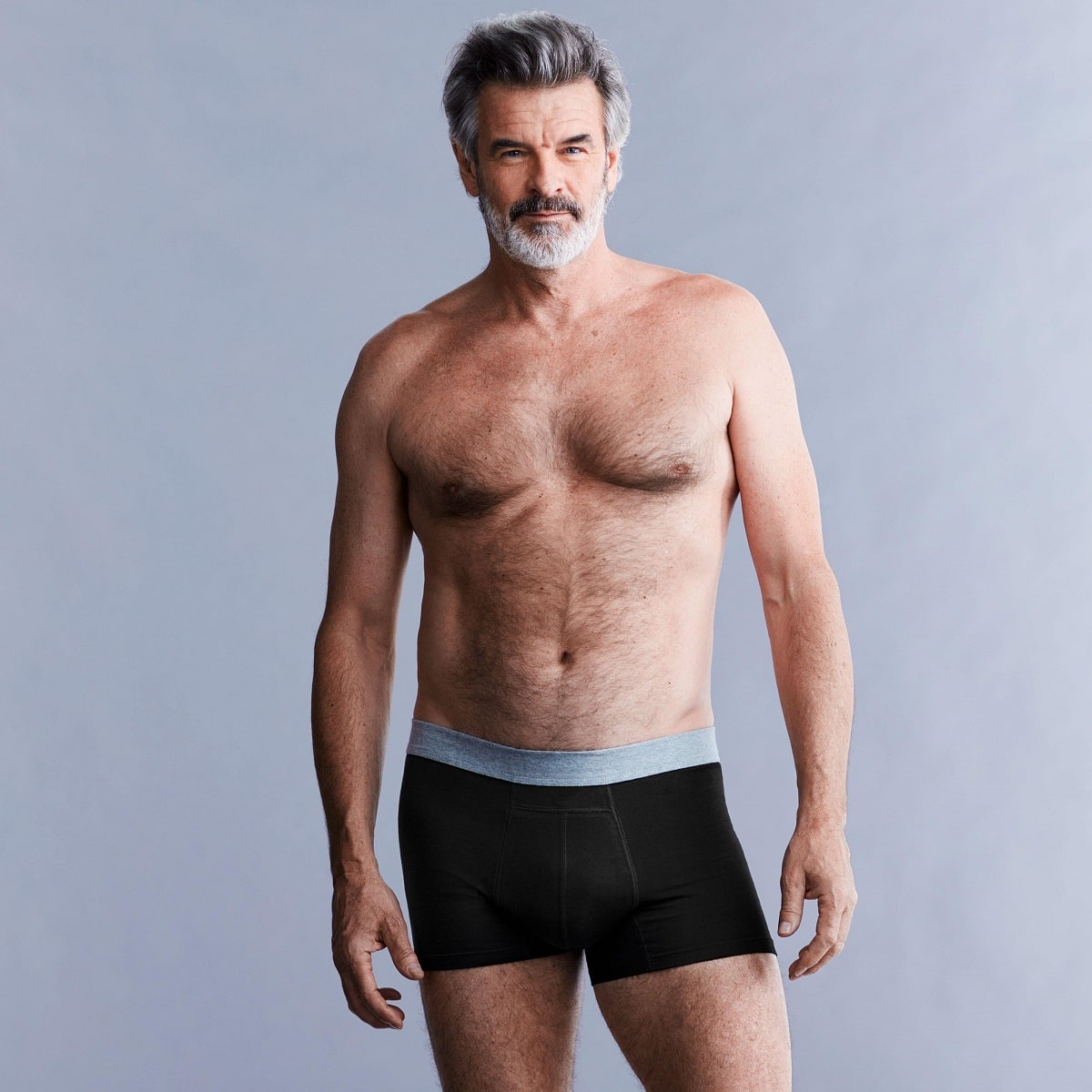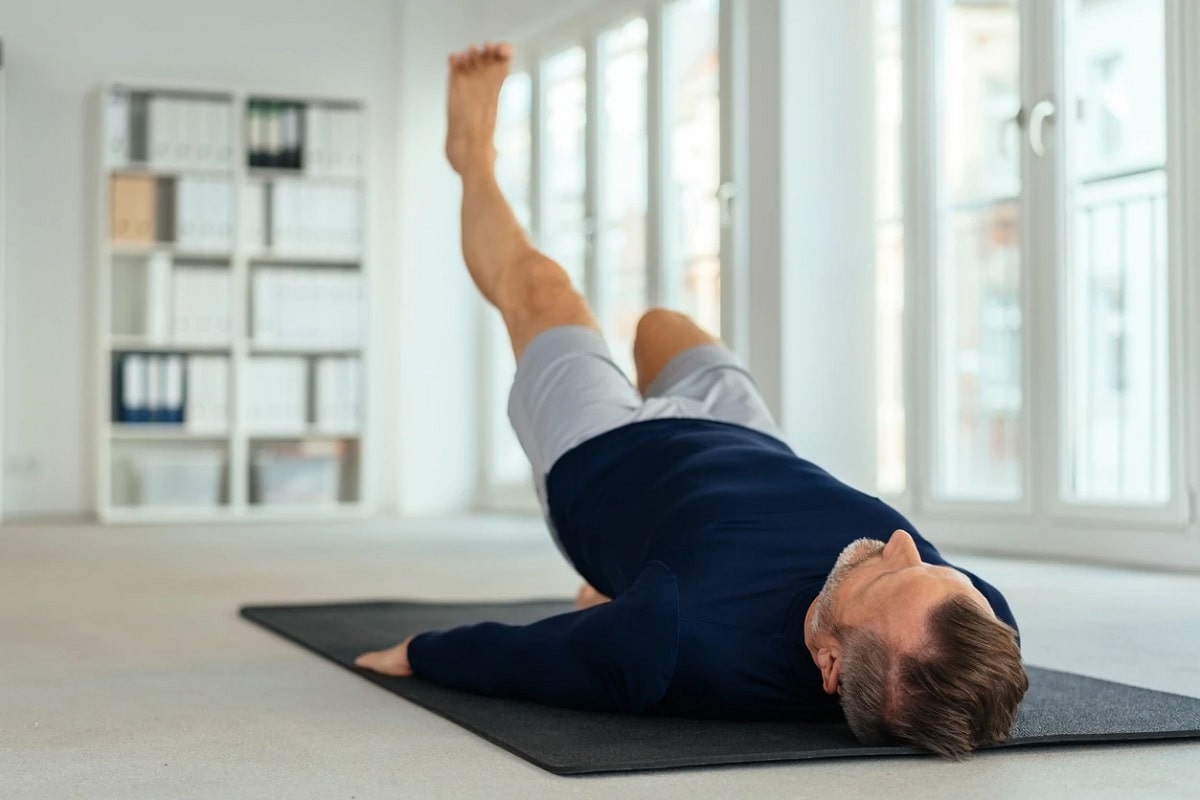1
HOME > Health & Fitness >
INCONTINENCE IN OLDER MEN: HOW COMMON IS IT?
Written by Menswear Style in Health & Fitness on the 3rd May 2022

Incontinence in older men is a problem that often goes untreated. This is because many men feel ashamed to discuss the issue, or they mistakenly believe that incontinence is an inevitable part of aging. However, incontinence is not a normal part of aging, and it can be treated effectively with the right combination of therapies. Let's discuss the prevalence of incontinence in older men and some of the available and effective treatments.
Common Types of Incontinence in Older Men
There are several different types of incontinence, and each type can have a very different impact on an older man's quality of life. They include:
Stress Incontinence
This is the most common type of incontinence in older men. It occurs when the bladder muscles are not strong enough to hold urine in during activities that pressure the abdomen, such as coughing, sneezing, or lifting. There are several effective treatments for stress incontinence, including:
Pelvic Floor Muscle Exercises: These exercises, also known as Kegel exercises, can strengthen the muscles that support the bladder and help to prevent urine leakage.
Bladder Training: This involves gradually increasing the time between trips to the bathroom so that the bladder is better able to hold urine.

Functional Incontinence
This type of incontinence occurs when a physical or mental impairment makes it difficult to get to the bathroom in time. For example, an older man who has arthritis may not be able to get to the toilet quickly enough. There are a few different ways to treat functional incontinence. One excellent option is to use disposable underpads or bedside commodes. You can also make changes to your home to make it more accessible, such as installing grab bars in the bathroom. It's essential to work closely with your doctor or healthcare provider to find the right products.
Urge Incontinence
This refers to a sudden and intense urge to urinate followed by an involuntary loss of urine. It can be due to several things, including an overactive bladder, certain medications, and neurological conditions like Parkinson's disease. Medications, changes in diet and fluids, and behavioural modifications can all effectively treat urge incontinence. In some cases, nerve stimulation or surgery may be necessary to restore bladder control.
Overflow Incontinence
It occurs when the bladder cannot empty and urine leaks out. It is often caused by an obstruction in the urinary tract, such as an enlarged prostate. It's significant to engage in pelvic floor exercises. Strengthening the pelvic floor muscles can help to improve symptoms of stress incontinence. Several different exercises can help strengthen these muscles and can be combined with biofeedback techniques to help support the muscles even further.

Risk Factors of Male Incontinence
Several different risk factors increase the likelihood of experiencing incontinence in older men. These include:
Smoking and Excessive Alcohol Consumption
One important risk factor for incontinence in older men is excessive alcohol consumption, damaging the bladder and other urinary tract organs. Additionally, smoking has been shown to increase the risk of various types of incontinence, as it can cause inflammation and irritation in the urogenital tract. Therefore reducing or eliminating alcohol and tobacco use may help reduce the risk of incontinence in older men.
Obesity or a Sedentary Lifestyle
Being obese or leading a sedentary lifestyle can also increase the risk of incontinence, as it can exacerbate conditions that lead to incontinence. For example, there is evidence that being overweight can contribute to prostate enlargement and urinary tract obstruction, risk factors for male urinary incontinence. As such, maintaining a healthy weight and regularly engaging in physical activity may help to reduce the risk of incontinence.
Urinary Tract Infections or Enlarged Prostate
Urinary tract infections (UTIs) and enlarged prostate are two other conditions that can lead to incontinence in older men. UTIs can cause inflammation and irritation in the urinary tract, leading to incontinence. An enlarged prostate can also cause urinary obstruction, leading to overflow incontinence. It is essential to seek medical attention if you are experiencing UTI symptoms or have been diagnosed with an enlarged prostate.
In that case, your doctor may also use a bladder scanner to accurately assess bladder volume, helping to guide the appropriate treatment for conditions like urinary retention caused by UTIs or an enlarged prostate.
Trauma to the Pelvic Floor
Physical impact to the pelvic floor can also predispose men to incontinence. This can occur due to physical trauma or specific surgical procedures, such as surgery for prostate cancer. Suppose you have experienced trauma to the pelvis that your doctor believes may be related to incontinence. In that case, it is vital to seek medical attention to initiate the appropriate treatment.

Prevalence of Incontinence in Older Men
The exact prevalence of incontinence in older men is difficult to determine, as many men do not seek treatment. Besides, the number varies in different parts of the globe. However, it is estimated that up to 30% of men over 60 experience incontinence. The prevalence increases with age, and by the time men reach their 80s, as many as 50% may be affected by incontinence. Incontinence is a common problem in older men, and there are several different treatment options available. If you are experiencing incontinence, it is vital to speak to your doctor to initiate the appropriate treatment. While incontinence is a common problem in older men, several treatment options are available to help manage symptoms. These may include pelvic floor exercises, medications, and surgical procedures.
Trending
2
3
4
5
6
7
8
9
10









